12 Regency Drive • Dracut, Massachusetts

4 Bedrooms  2.5 Bathrooms
2.5 Bathrooms  2870 S.F.
2870 S.F.  .68 acres
.68 acres
Exceptionally maintained, stately, center-entrance colonial situated amidst the prestigious Four Oaks Country Club and Golf Course Meadow Creek Association. A highly desirable and sought after residential community. Two-story, Bay-Window Architecture makes this a uniquely attractive Colonial design. Main level includes a breathtaking, spacious gourmet kitchen with two-tiered granite countertops, stainless steel appliances, granite study desk area, supplemental cabinetry, spacious dining area flowing out to a private deck through glass sliders. Kitchen seamlessly flows into a large, fireplaced family room with a vaulted ceiling and additional sliders to the deck. Magnificent center-entrance Paladian Window, elegant living room, dining room, half-bath, laundry room, attached 2-car garage and more. Second level has 4 Bedrooms with spacious Master suite, walk-in closet, master bath and full bath w/double vanities. Large walk-out basement for future growth and so much more. COME SEE IT TODAY! 1ST OPEN HOUSES SATURDAY JANUARY 22, 2022 AT 11:30 am to 1:00 pm and SUNDAY, JANUARY 23, 2022 AT 11:30 am to 1:00 pm MASKS MANDATORY. Thank you.
Buyers
CALL Peter directly at MLSLincolnWestonRealty today for more information or to schedule a personal showing at (781) 235-7727.
Peter Gottlieb is a specialist for buyers and sellers of luxury real estate in Massachusetts. Trusted and respected for over 43 years.

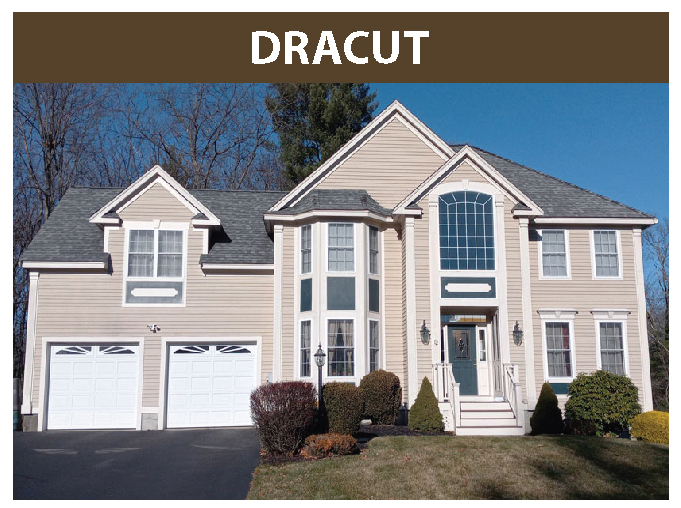

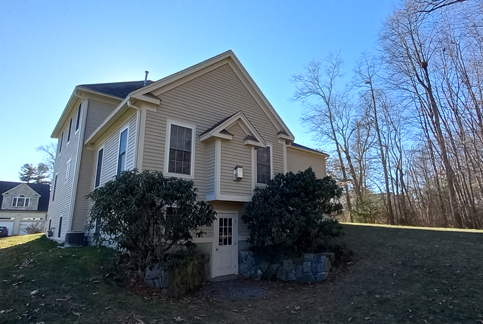

.jpg)
.jpg)
.jpg)
.jpg)
.jpg)


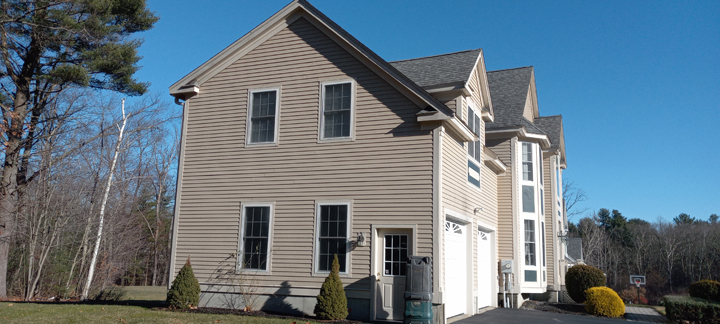
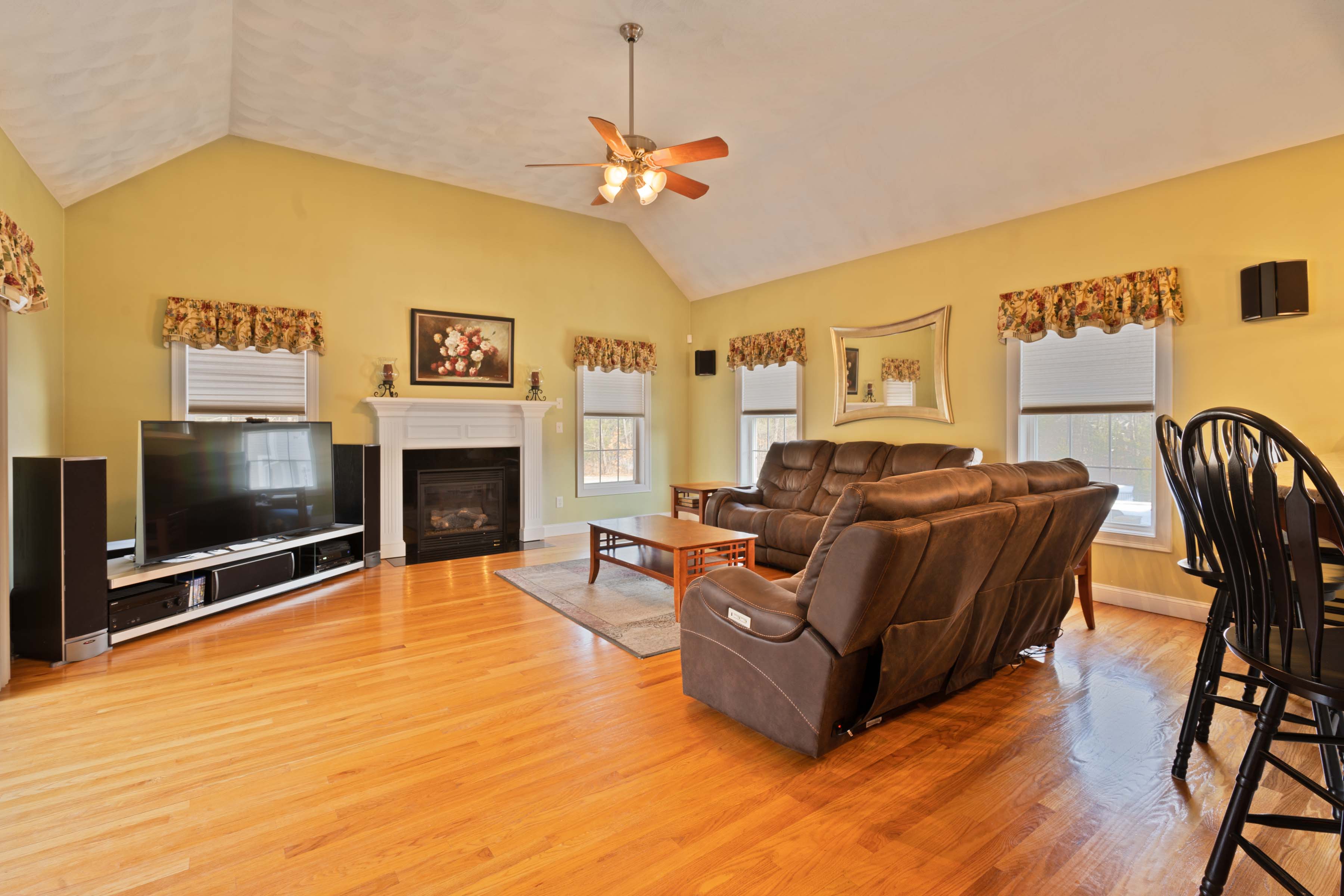


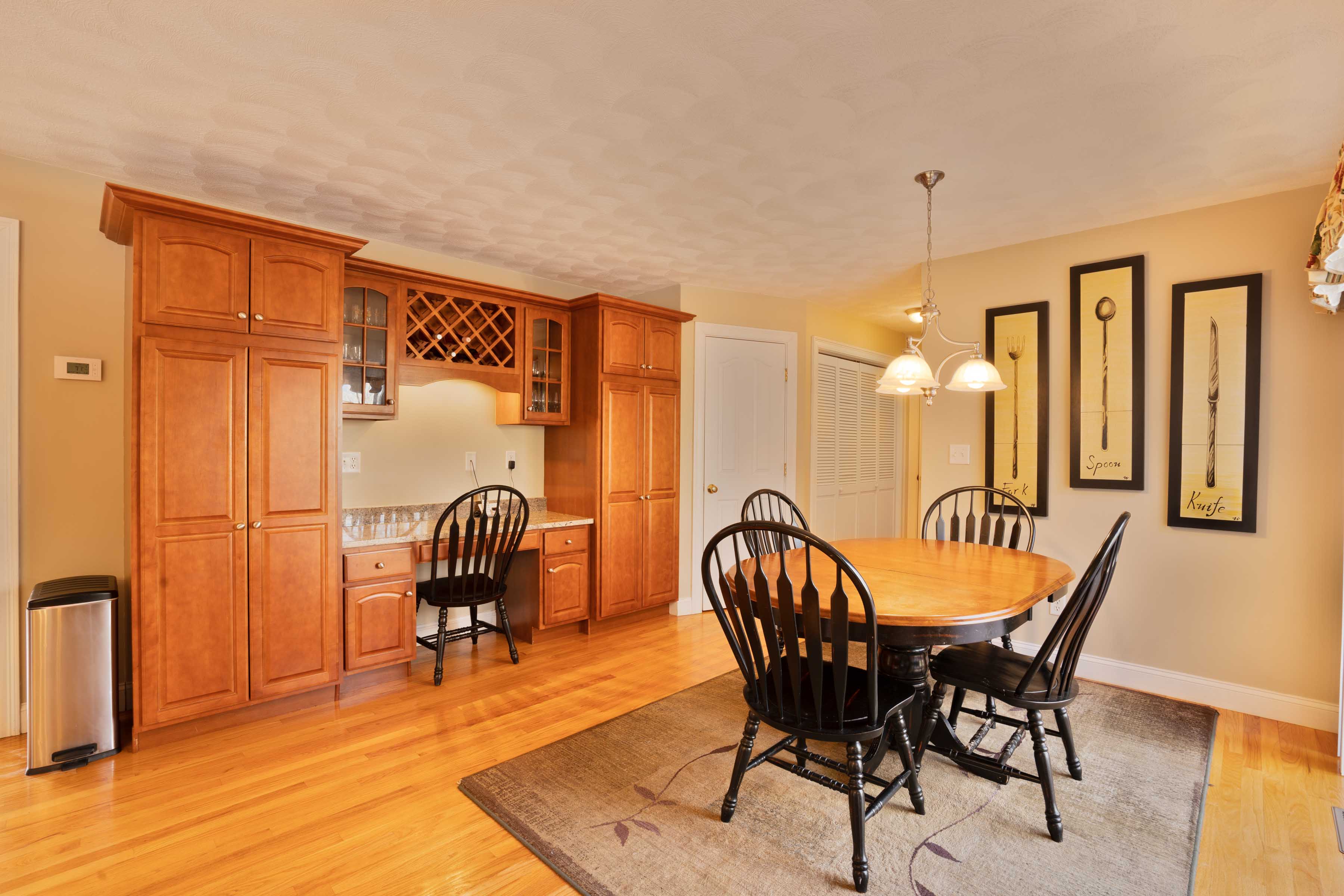
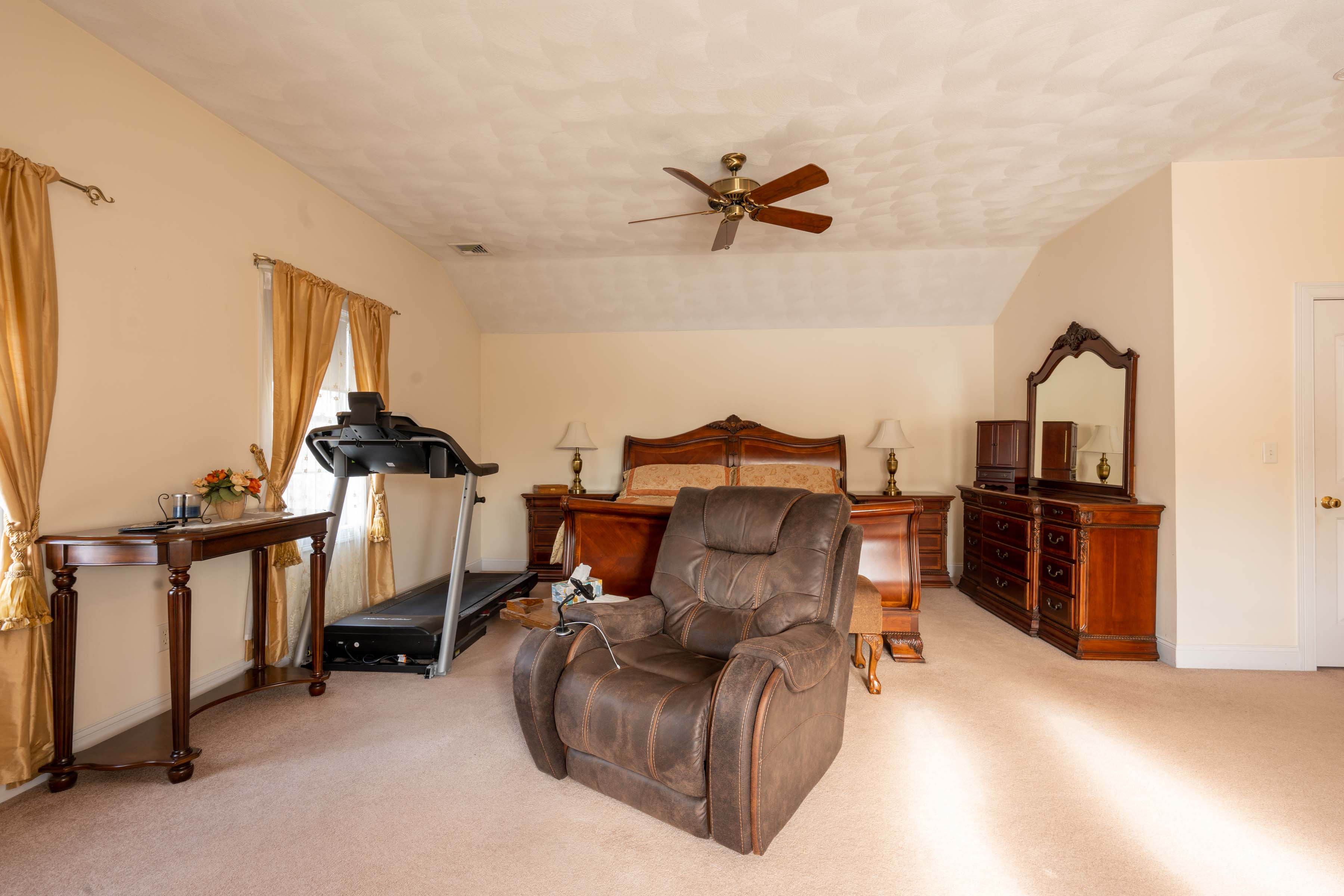
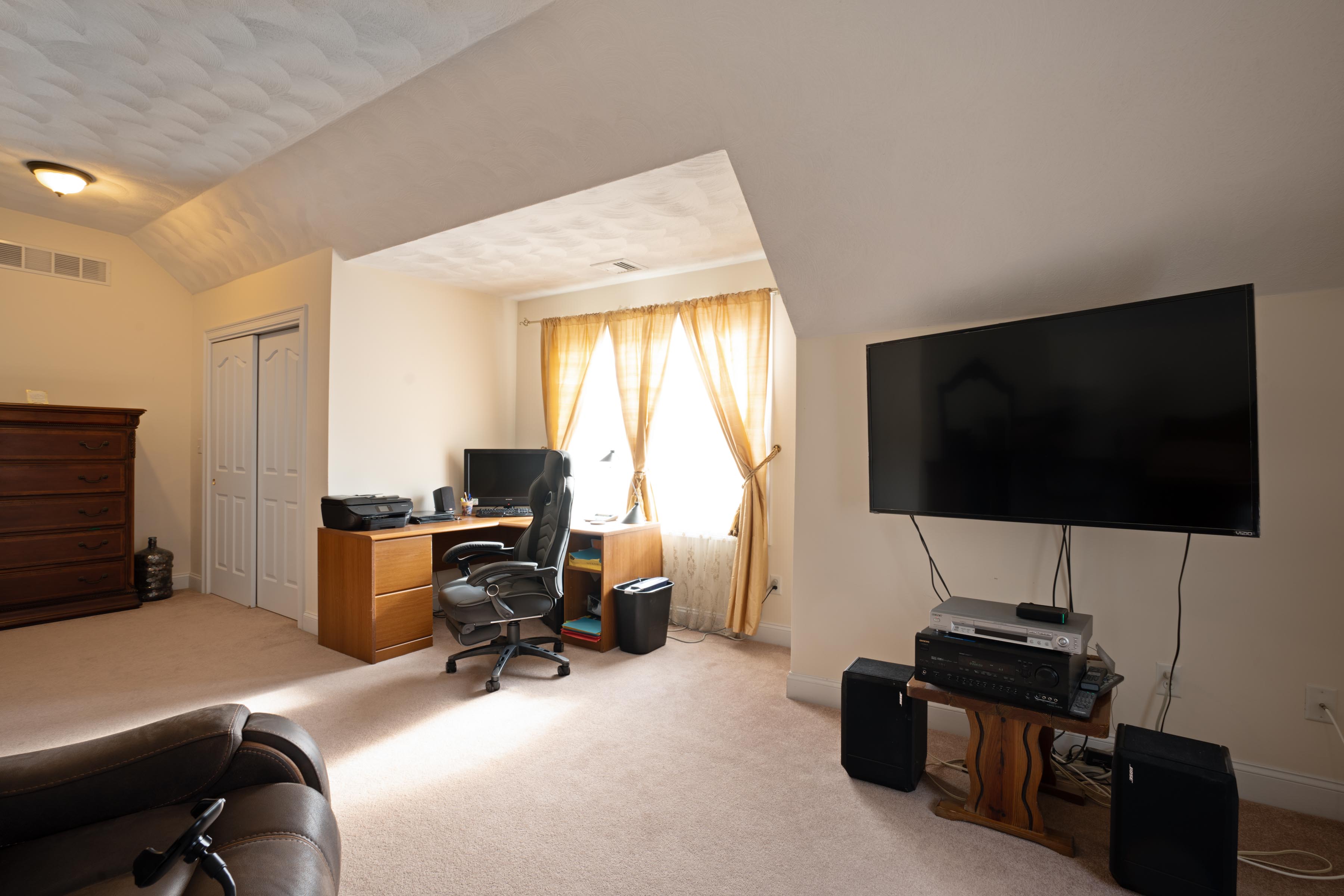



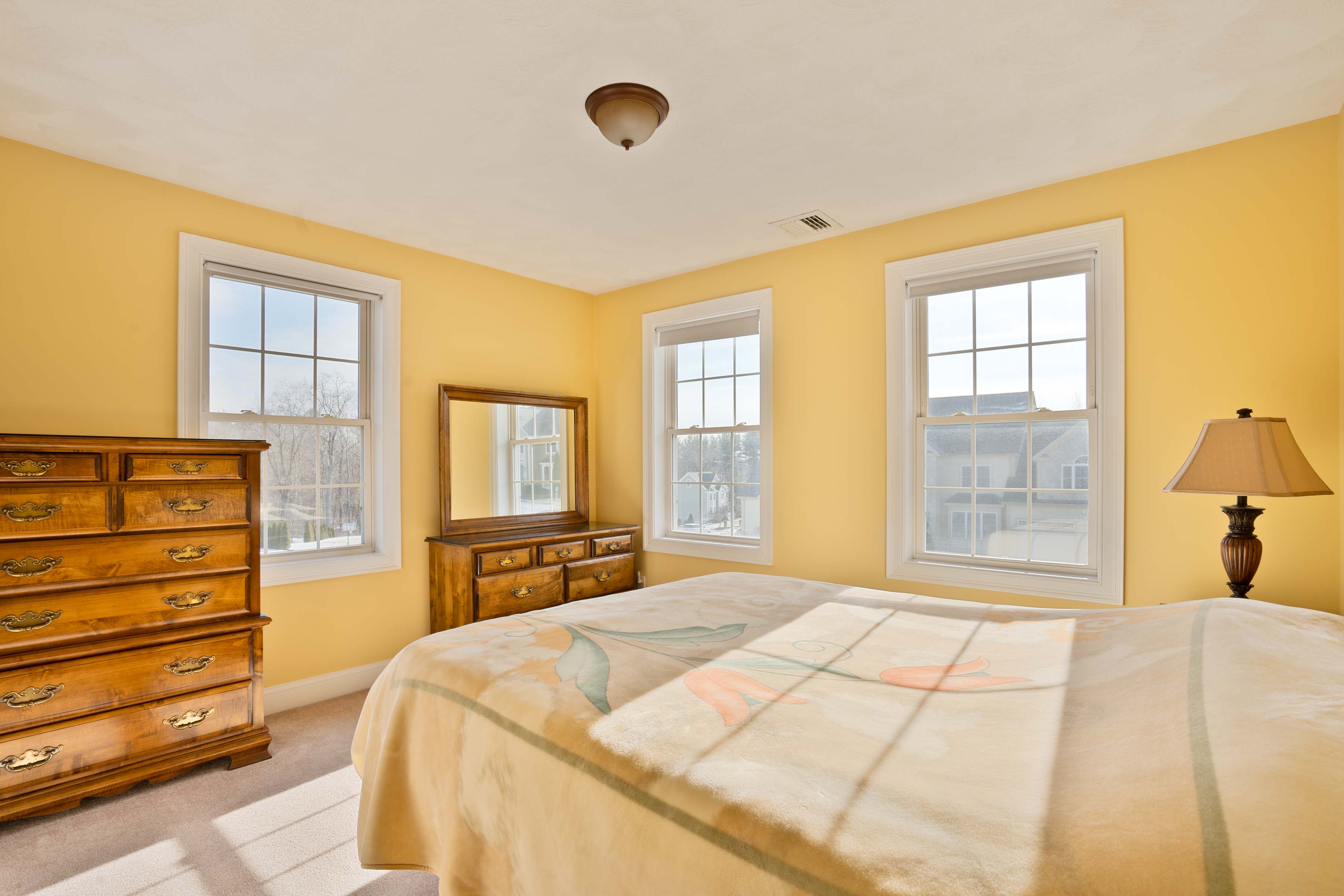
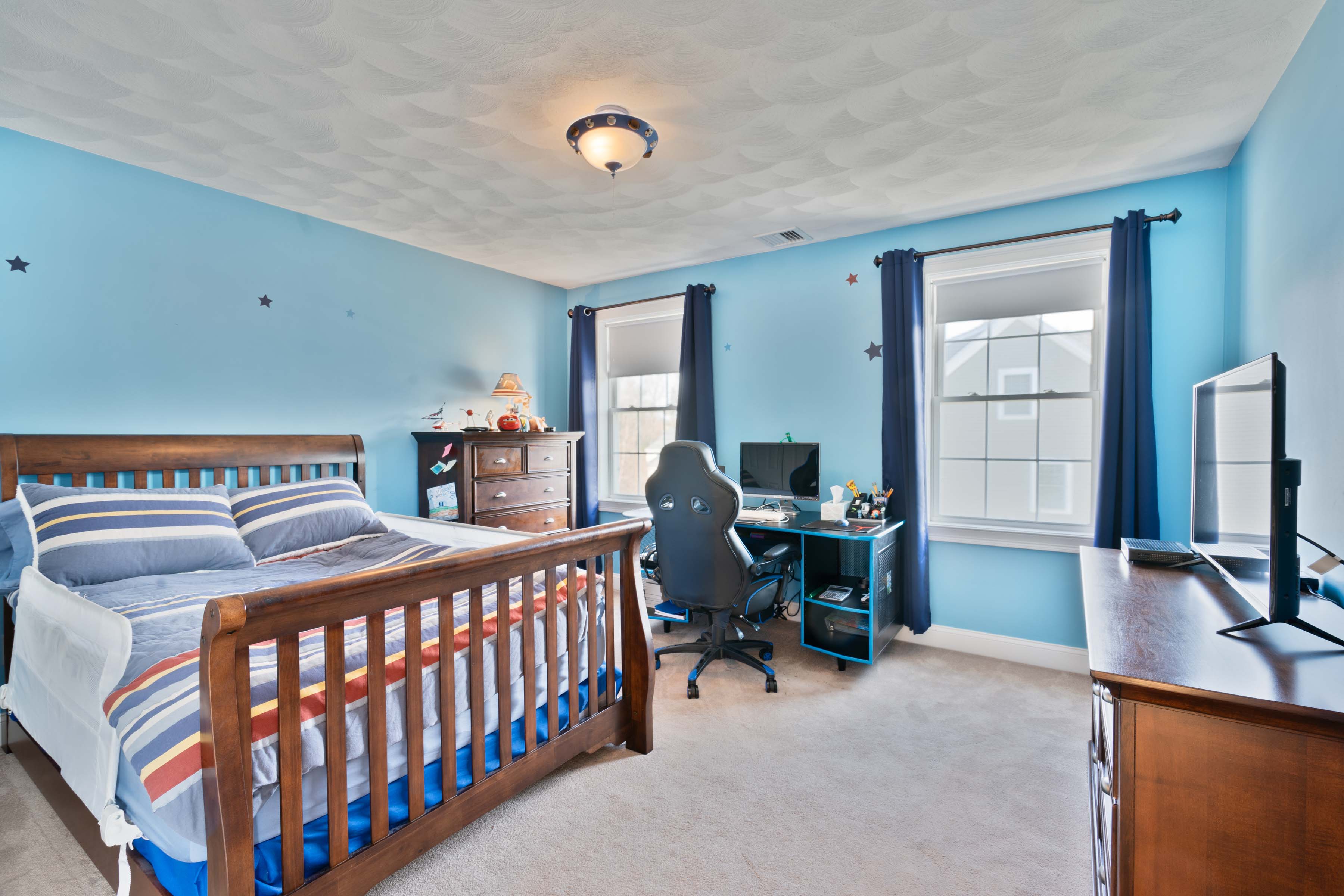
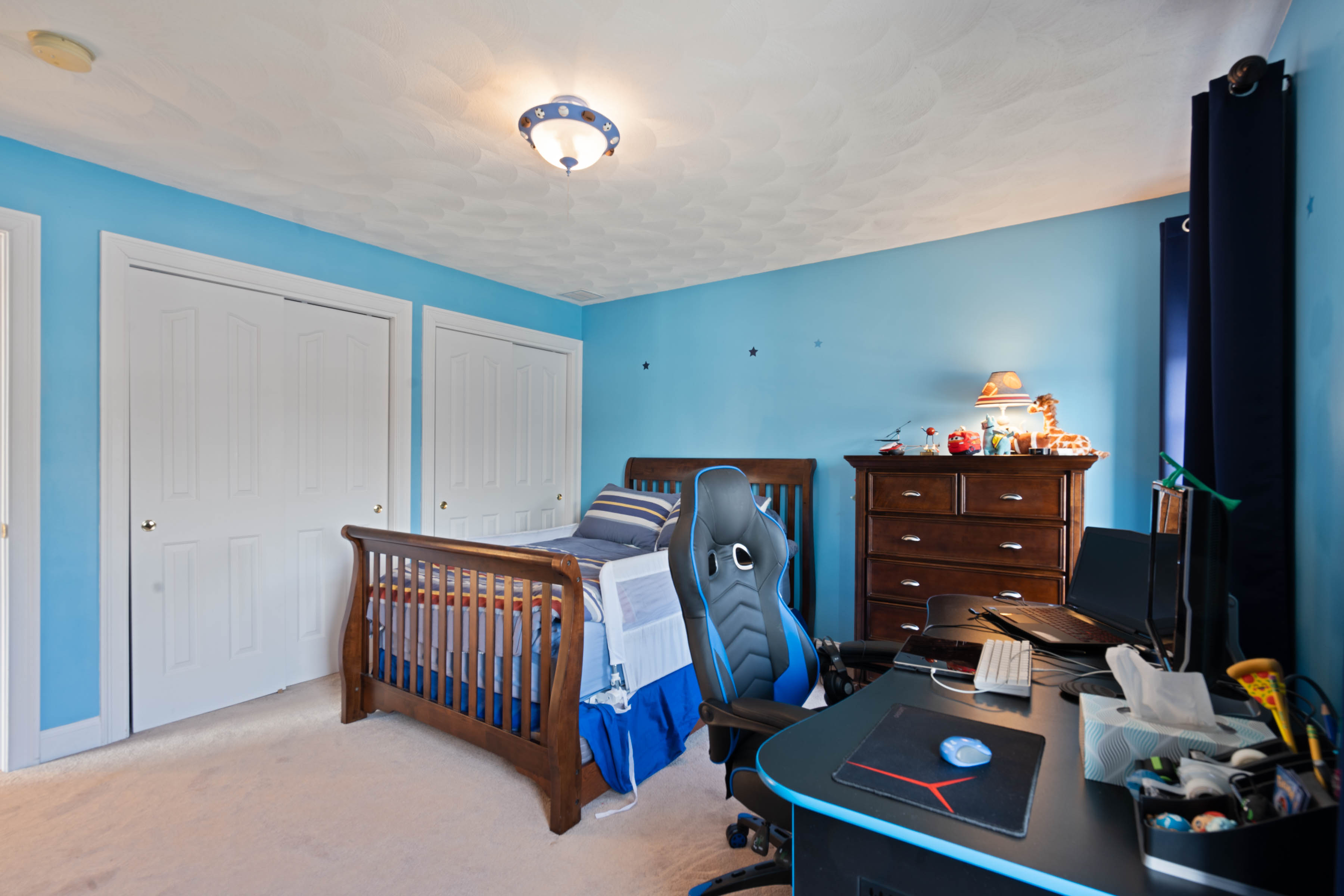



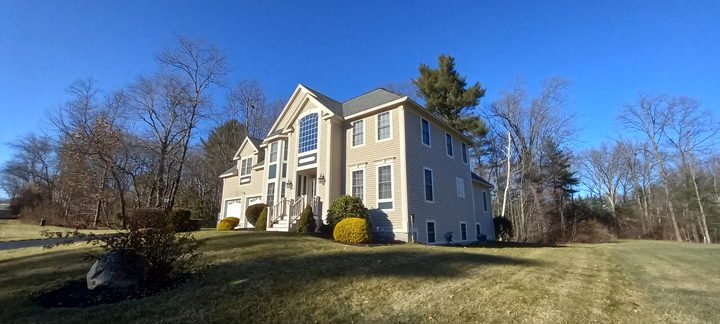
MLSLincolnWestonRealty and
RECEIVE THE FINEST SERVICE ANYWHERE!!!
DOWNLOAD THE COMPLETE MLS LISTING SHEET FOR THIS PROPERTY BY CLICKING ON THE GOLD HOUSE ICON BELOW:
DOWNLOAD THE MLSLincolnWestonRealty PROPERTY BROCHURE BY CLICKING ON THE GOLD HOUSE ICON BELOW:
 CLICK HERE TO SEE ALL FEATURED LISTINGS CLICK HERE TO SEE ALL FEATURED LISTINGS  |
History of Dracut, Massachusetts
Before Europeans arrived in the mid-17th century, Dracut and the surrounding area were known as Augumtoocooke. Important Pennacook Indian settlements were served by fishing at Pawtucket Falls on the Merrimack River and abundant game in the surrounding marsh areas. From the late 16th to mid-17th centuries, the powerful sachem Passaconaway and his family spent much of their lives on this land.
Europeans began to settle in the area around 1653, and established the town of Chelmsford, incorporated in 1655, on the opposite side of the Merrimack River from modern Dracut. In October 1665, Bess, wife of Nobb How and daughter of Passaconaway, sold the Augumtoocooke land to Captain John Evered, also known as Webb of Draucutt of Norfolk County (the Webb family is associated closely with the town of Dreycot Foliat in Wiltshire, England) for four yards of duffill and one pound of tobacco. Webb had months earlier sold 11,000 acres (45 km2) of the land — which he did not then own — to Samuel Varnum for 400 four hundred pounds; the deed for "Drawcutt upon Mirrimack" was dated 1664. Webb also sold land to Richard Shatswell, who traded it to Edward Colburn (also spelled "Coburn" or "Colborne") for his home and land in Ipswich, Massachusetts. Colburn and his family were probably the first settlers in Dracut who owned land with the intention of permanently living on it. (Samuel Varnum lived on the Chelmsford side of the Merrimack River.)
Even though this area, now known to the new settlers as Dracut (Draucutt), was across the Merrimack River from the Chelmsford town center, they agreed to pay taxes and relied on Chelmsford for protection, according to 1667 Middlesex Court documents. By summer 1669, however, protection became too costly and difficult, so the Chelmsford Mayor Henchman declared:
Wherefore, Honorable and Worshipful, I judge it highly needful and necessary that we have relief, and that speedily of about twenty men or more for the repulsing of the enemy and guarding some outplaces, which are considerable on each side of the Merrimac, as Messrs. Howard, Varnum, Coburn & company who must otherwise come in to us, and leave what they have to the enemy, or be exposed to the merciless cruelty of bloody and barbarous men.
On the morning of March 18, 1676, the Wamesit Indians burned down four of Edward Colburne's buildings, then attacked Samuel Varnum and family as they crossed the river to milk the cows grazing in the Dracut pastures. The Indians fired upon their boat, killing Samuel's two sons, and one died in his daughter's arms as she sat behind him. The accompanying soldiers and Samuel fired back, but the Indians fled.
By the late 17th century the Varnum, Coburn, Richardson, and other families of the Dracut section of Chelmsford, dissatisfied with the protection provided, began to petition to the General Court to lay out their own township.
To the Hon. Council & Representatives of his Majesty's Province of the Massachusetts Bay in New England in General Court assembled February 1701. The petition of Samuel Sewall Esq., Benjamin Walker, John Hunt & Jonathan Belcher, proprietors of part of the Tract of Land called Dracut beyond Chelmsford in the County of Middlesex on the North Side of Merrimack River and of Samuel Varnum, ..., Thomas Colburne, ..., James Richardson, ..., Ezra Colburn,... Inhabitants and Proprietors of the said Tract of Land called Dracut, ... lyes very commodious for a Township & hath about twenty families already settled thereupon in which are about Eighty Souls & Forasmuch as the making said place a Township will not only be a great Encouragement to the Inhabitants thereof & be the means for a settlement of the Ministry among them (for the benefit of which they are now obliged to go to Chelmsford, which is a great difficulty & eamiot be attended by their children & several others by reason of the distance thereof) but will also be of considerable benefit to the Publick, and be a great strengthening of the Frontier parts by reason of the people which will be desirous to settle at said place when made a Township because of the convenient positionship thereof.
Your Petitioners humbly pray that by the grant of this Honorable Court, the Tract of land aforesaid may be made a Township, and that the Inhabitants, which are or shall settle thereupon, may have and enjoy all Libertys, Privileges & Immunities as the Inhabitants of other Towns within this Province have & do enjoy. And ... the Tract of Land therein described be made a Township & called by the name of Dracut, ... Sent up by concurrence Nehemiah Jewett, Speaker.
Dracut was granted separation from Chelmsford, and was officially incorporated as a town on February 26, 1701.
Parts of the community were part of the Wamiset Praying Town, one of the preserves set aside by the colonists for Christianized Indians. The town has several large ponds, bogs and swamps, and numerous brooks (most notably Beaver Brook). Dracut's early economy relied on fishing, lumbering and milling, which led in turn to the 19th century industries of paper making and cotton textile manufacturing, including the Beaver Brook Mill. These mills attracted Irish and French-Canadian immigrants.
There has been intense modern development in Dracut with suburban residential pressures from Lowell. Twice in the 19th century, Lowell annexed large sections of Dracut into its borders. However, some rural landscapes remain intact, as do some handsome historic houses. One of the better known is the 290-year-old Colburn/Cutter House, with its massive beams, huge center chimney and fireplaces. The building, dating back from about 1717, has served as the site of the annual Dracut Craft Fair. In addition, Dracut holds an annual Old Home Day every September starting in 2001. As of 2020, Dracut remains the only town in the world with its exact name and spelling. Other municipalities do exist with similar names but different spellings.
Dracut Geography
Dracut is located in the Merrimack Valley of Massachusetts, zip code 01826, 30 miles (48 km) northwest of the state capital, Boston.
The southern end of Dracut is on the Merrimack River, and the town is bisected by Beaver Brook.
Dracut is made up of a number of neighborhoods. They are locally known as Collinsville, located in the western portion of the town, East Dracut located in the Southeast, Kenwood located in the Northeast, the Navy Yard which occupies the Southern portion of town bordering Lowell the Merrimack, and Dracut Center.
Adjacent towns
Dracut is bordered by Tyngsboro to the west and the city of Lowell to the south and west in Middlesex County, Methuen to the east in Essex County, and Pelham, New Hampshire, to the north in Hillsborough County, New Hampshire. Tewksbury (Middlesex County) and Andover (Essex County) border the town to the south over the Merrimack River. There are no bridges connecting Dracut to Tewksbury or Andover directly, forcing travel through Lowell via several crossings or I-93 in Methuen.
Dracut Goverment
Dracut Education
• Dracut Senior High School (889 students)
• Richardson Middle School (920 students)
• Englesby Elementary School (544 students)
• Brookside Elementary School (444 students)
• Campbell Elementary School (579 students)
• Greenmont Elementary School (283 students)
The school department also uses the former Parker Elementary School for a small portion of its special education activities. There are about 45 public school students attending out of district SPED programs and approximately 120 public school students attending out of town charter schools, as of FY14. In addition, about 440 Dracut students attend the Greater Lowell Technical High School.
Dracut Transportation
The LRTA 10 bus connects to the Lowell train station on the MBTA Commuter Rail Lowell Line.
The Maritimes & Northeast Pipeline terminates in Dracut, connecting to the North American natural gas pipeline grid. The Portland Natural Gas Transmission System (PNGTS)), Tennessee Gas and the TransQuebec interconnect here.
MLSLincolnWestonRealty
BUYING ADVANTAGES
- Approximately 40,000 MASS. Listings!
- Prompt Online Showing Requests
- Most Professional Buyer Representation
- Top-Notch Agents to Serve You
- Over 43 Years Experience
- Easy Click for Showing
- Virtual Drive Around the Neighborhood
- Spectacular Map Search
- View All Property Listing Specs!
- COMMERCIAL/INDUSTRIAL AND RESIDENTIAL BROKERAGE SERVICES
MLSLincolnWestonRealty
SPECIALIZED FEATURES
- FEATURED LISTINGS
- TESTIMONIALS
- DOWNLOADS - PDF FILES
- SERVICES & RESOURCES
- COMMUNITY STATISTICS
- MORTGAGE CALCULATOR
- 2023 PUBLIC SCHOOL RANKINGS
- 2023 HIGH SCHOOL RANKINGS
- 10-YEAR HOME VALUE TRENDS (By Town)
- CHANGE IN HOME VALUES (2005-2013)
- 2014-2015 HOME PRICES
- 2018-2019 HOME PRICES
- EXTENDED HOURS OF SERVICE
MLSLincolnWestonRealty
SELLING ADVANTAGES
- Professional, Experienced Sales Force!
- World-Wide, On-Line Exposure
- Expert Real Estate Resources
- Unmatched Property Valuation Methods
- Specialized High-End Property Services
- NO FEES unless we are successful
- State-of-the-Art Marketing Strategies
- We have the Most Important Selling Tips
- We Respect your needs: Timing and Price
- COMMERCIAL/INDUSTRIAL AND RESIDENTIAL BROKERAGE SERVICES
 FEATURED INFORMATION
FEATURED INFORMATION 
STATELY COLONIAL IN PRESTIGIOUS NEIGHBORHOOD FOR SALE!
1ST OPEN HOUSES JANUARY 22, 2022 11:30 AM-1:00 PM and JANUARY 23, 11:30 am-1:00 pm
DON'T MISS OUT! THIS ONE WILL GO FAST!
CALL PETER TODAY AT (781) 235-7727
TO SCHEDULE A PRIVATE SHOWING!
Homes for Sale Dracut MA
With extensive knowledge, real estate resources and experience in Dracut, MA, MLSLincolnWestonRealty possesses the greatest advtanges and benefits to help you thoroughly understand the real estate climate in Dracut, MA, make the right decisions, and buy or sell a home with confidence. Our buyer or seller representation is unsurpassed anywhere in the State. With a dynamic inventory of homes for sale in Dracut, MA, you need the best advice possible. Please contact us during our extended hours of 8:00 a.m. - 8:00 p.m. seven days a week.
Boston and Vicinity
Whether it's houses for sale in Lincoln, MA., houses for sale Weston, MA. or anywhere else in the Boston, MA. area, we are devoted to being the best real estate brokerage firm anywhere in Massachusetts. Our technological sophistication and innovations, over forty three years experience in sales, property management development, renting, leasing, in both residential and commercial/industrial real estate are just some of the reasons you simply must give us a try. You'll be very glad you did! CALL US TODAY at (781) 235-7727!
Homes for Sale Weston MA
In this dynamic and exclusive market MLSLincolnWestonRealty offers the most powerful tools, professional service and invaluable expertise to find the right home for you if you are shopping for houses for sale in Weston, MA. Our extensive experience within the Weston, MA. real estate market makes us the best choice for marketing your house for sale in Weston, MA. Our extended hours and passion for our work are only some of the reasons we will do a better job for you than any other real estate broker out there.
Scope of Services
With an Exclusive Buyer Agency relationship, MLSLincolnWestonRealty provides our loyal and dedicated home buyers with the absolute best tools, resources, services, skills and expertise to provide them with tremendous savings and great satisfaction with their real estate purchases. Finding the right home and making the right home purchase are not always easy, but with MLSLincolnWestonRealty at your side every step of the way your chances of success with buying the right home in Massachusetts will increase exponentially.
As a highly skilled listing real estate agency, MLSLincolnWestonRealty provides our home sellers and other clientele with unparalleled knowledge, marketing programs and hard work to succeed with the sale of real estate in Massachusetts. This turn-key real estate power-house will enable you, the seller, to obtain a premium market price for the sale of your real property in the least time possible.

